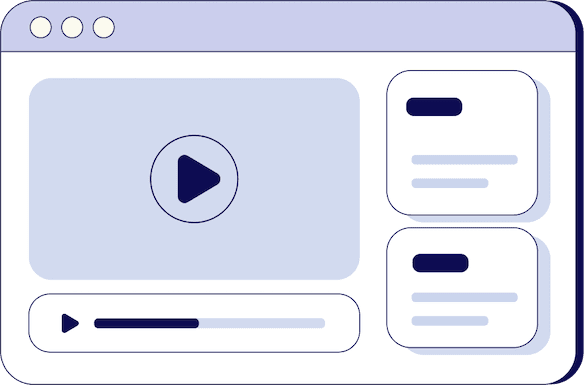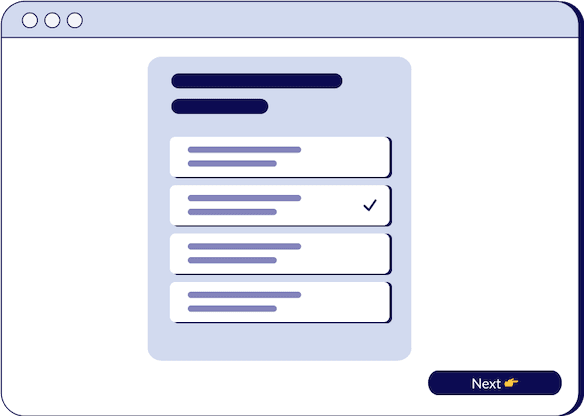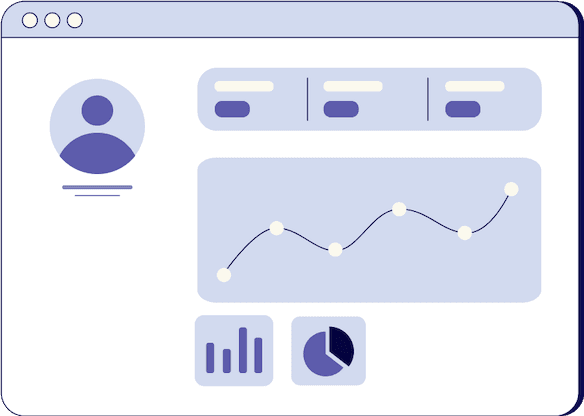
World Class Diagnostic Arc
Izzy Guarino
Head of Product

- duration
- 14 min
- Average Score
- 89%
- Stars
- 5
Did you know that a structured approach in sales conversations can increase the success rate of closing deals? Recent studies suggest that sales professionals who follow a systematic approach are more likely to understand their prospects' needs effectively. In this session, you'll learn about the world-class diagnostic arc, a proven method used by thousands of sales reps worldwide, regardless of whether they are dealing with enterprise, SMB, or mid-market deals.
Understanding the Diagnostic Arc
The diagnostic arc is a structured approach in sales conversations. It's a consistent process that guides you through understanding the customer's needs, helping them in self-discovery to ascertain their current business situation. This method is repeatable, data-driven, and scalable, making it an essential tool for any sales professional.
The First Step: The Situation
The situation phase is where you start your diagnostic call. Here, you ask questions to uncover the business situation and pain points of your prospect. It's crucial to set up an agenda for your call and seek permission to ask these questions. This step ensures you don't create an uncomfortable atmosphere for your prospect. Remember, practicing active listening is key in this phase to understand and not just to hear.
Exploring Efficiency and Workflow Integration
In this phase, you focus on understanding how teams interact with each other and their existing tools. You'll want to identify bottlenecks and inefficiencies in their processes. For instance, asking your prospect to walk you through their current customer data management process can reveal much about their operational challenges and decision-making processes.
Identifying Scaling Challenges
As businesses grow, they often face challenges that their current systems and teams might not be equipped to handle. Here, you'll ask questions to uncover these specific growth aspects that are not being met by their current setup. Your aim is to identify areas where your solution can assist in their scaling efforts.
Understanding how a prospect measures customer satisfaction and their feedback on services or products can reveal recurring issues affecting customer retention. This step is vital in finding specific areas where your solution might aid the prospect.
In the situational and pain phases of the diagnostic arc, root cause analysis plays a pivotal role. This approach is not just about identifying surface-level problems but delving deeper to understand the underlying causes of these challenges. During the situational phase, when you ask targeted questions about the prospect's current operations and processes, you're laying the groundwork for this analysis.
Then, as you transition into the pain phase, these questions become more focused on linking the identified operational challenges to specific pain points. By employing root cause analysis, you can uncover not just what the issues are, but why they exist, thereby enabling a more effective and tailored solution that addresses the core of the prospect's challenges.
This in-depth exploration is crucial for developing a comprehensive understanding of the prospect's needs and positioning your solution as not just a temporary fix, but a strategic remedy that tackles the root of their problems.
The Second Step: The Pain
After identifying the situation, you move to the pain phase. Here, you use the business situation to uncover specific challenges they might be facing. The pain questions relate to why companies buy from you - to make more money, reduce costs, or mitigate risks. It's about connecting the company's problem to personal goals and linking them in a meaningful way to your solution.
Summarizing the Situation and Pain
In the summary phase, you resume the situation and pain into one cohesive sentence. This step is about having a solution specifically for the problem you've uncovered. If you don't have a solution, it might be time to reconsider your pitch to avoid wasting time on a deal that won't materialize.
The Empathy Stage
Empathy is where you use success stories and business cases to showcase your experience with similar problems. This stage is not just about showing authority but also about demonstrating your understanding and capacity to solve the prospect's specific problem based on past successes.
Empathy goes beyond just empathizing with the prospect's situation; it's about connecting on a deeper level. In this phase, the key is to personalize your approach. Tailor your success stories and business cases to mirror the prospect's scenario. This customization shows that you're not just selling a product or service, but providing a solution that resonates with their unique challenges.
By sharing relevant experiences, you establish credibility and trust, showing that you have not only encountered similar issues but have successfully navigated them. This stage is crucial in building a rapport with the prospect, making them feel understood and supported.
Moreover, empathy in the diagnostic arc involves active engagement with the prospect's concerns. It's about asking questions that delve deeper into the challenges they face and offering insights that add value to their situation.
Here, your role shifts from a salesperson to a consultant who genuinely cares about finding the best solution for the prospect. This phase is an opportunity to solidify the relationship with the prospect, making it clear that their success is your priority. By demonstrating genuine concern and offering tailored solutions, you position yourself as a trusted advisor, paving the way for a more meaningful and productive partnership.
The Final Step: Impact
Lastly, the impact stage focuses on the cost of inaction. It's about illustrating how much the problem could cost the prospect if not addressed. This stage is crucial in driving home the value of your solution and the urgency of addressing their challenges.
In the final stage of the diagnostic arc, discussing the impact and the cost of inaction is a critical component. This phase emphasizes the potential consequences and financial implications if the identified problems are not addressed. It's about making the prospect realize the tangible and intangible losses they could incur by maintaining the status quo. By quantifying the impact, whether it's in terms of lost revenue, decreased efficiency, or customer dissatisfaction, you make the cost of inaction real and urgent for the prospect. This approach shifts the conversation from a mere problem-solution scenario to a more compelling narrative about safeguarding the prospect's business interests. Highlighting the cost of inaction not only underscores the value of your solution but also serves as a powerful motivator for the prospect to take decisive action. It's a strategic move to help them understand that the cost of not solving their problems could far outweigh the investment in a solution that you're offering.
The world-class diagnostic arc is more than just a sales strategy; it's a comprehensive approach to understanding and addressing your prospect's needs effectively. Each stage, from the situation to the impact, is designed to build upon the previous, creating a thorough understanding of the prospect's challenges and how your solution can address them.
To learn more about this topic and enhance your sales skills, make sure to watch this session. Remember, practice makes progress, so keep honing your skills to master the art of the diagnostic arc in your sales calls.
How Triple Session works
Training, Testing, & Feedback
Triple Session's proven formula accelerates your sales performance through consistent, organized practice, backed by measurable results.

Bite-Sized Knowledge
Our expert-led video sessions simplify complex sales concepts into easy-to-digest 5-15 minute videos for better retention.

Test Your Understanding
After each session, there will be a quiz to test your understanding and help you improve on any areas that need more attention.

Evaluate and Grow
Get progress snapshots after each quiz to track your improvements and achieve your sales mastery goals.